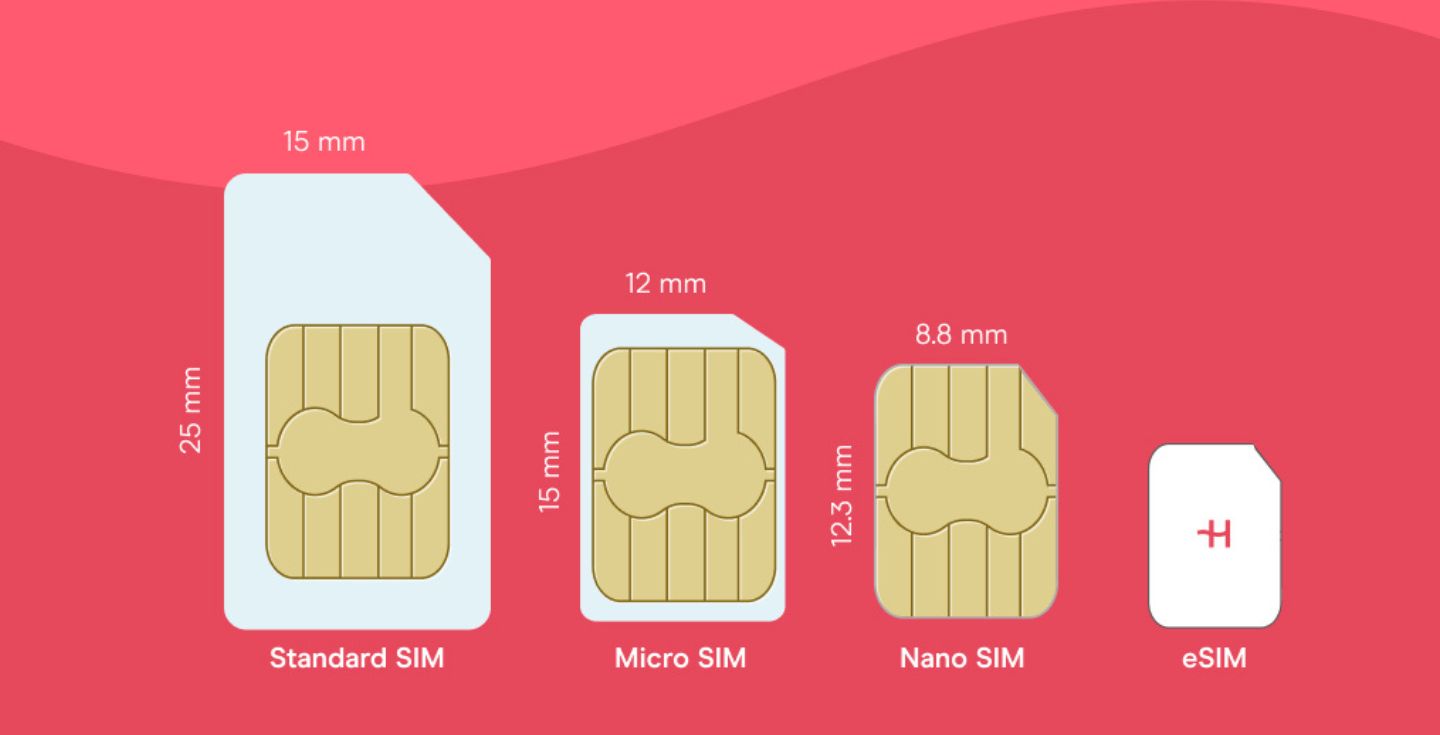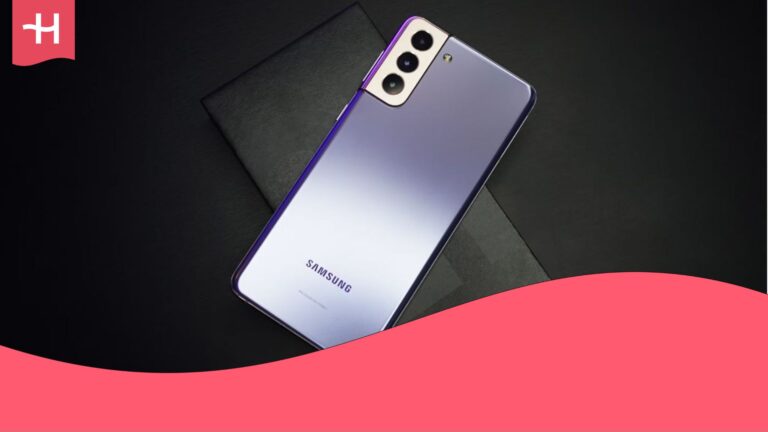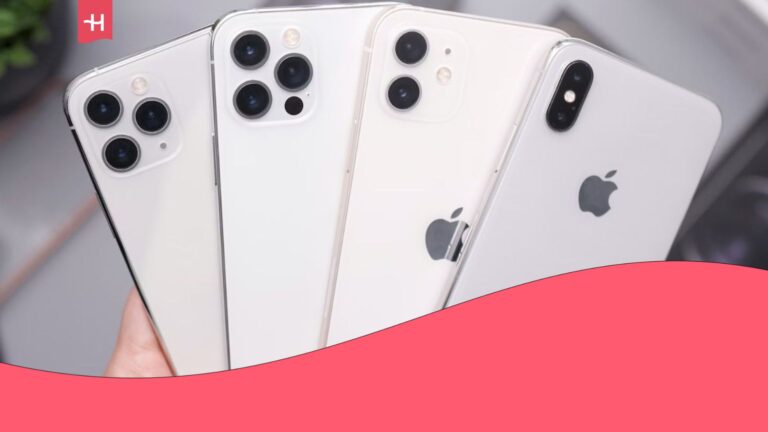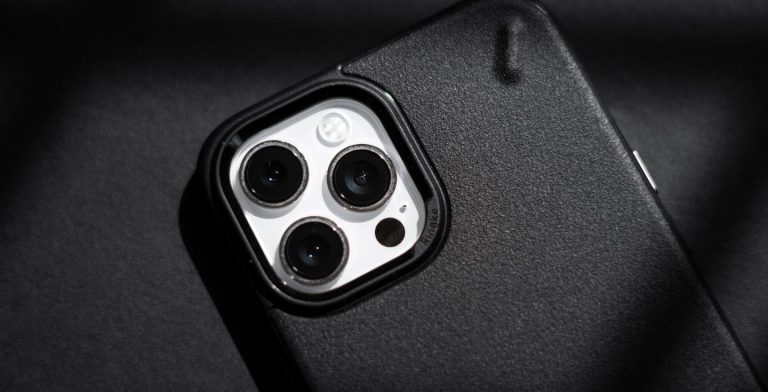eSIM: What is eSIM and How Does it Work?
An eSIM is a digital alternative to a physical SIM card. The eSIM is already built into your phone, you just need to activate a plan to use it.
An eSIM (embedded SIM) is a virtual SIM card already built into your device. It lets you connect to mobile networks without needing a physical SIM, and can be downloaded digitally by a QR code.
eSIMs are already available on most smartphones, and have become a favorite for travelers looking to get data internationally in just a few clicks.
In this guide, we tell you exactly what an eSIM is, how it works, how it can benefit you, and how to set one up for yourself.

What is an eSIM and how does it work?
An eSIM is a digital version of a physical SIM card. It’s already integrated in your device – whether a cell phone, tablet, or smartwatch.
So, how does an eSIM work?
eSIMs work in the same way as traditional SIM cards. Once activated, they connect you to a local mobile network. This lets you use mobile data, make calls, and send texts.
To activate an eSIM, you need to scan a QR code or download a manual profile from your provider’s eSIM app. Having followed a few on-screen steps, your eSIM will be ready for use.
Most eSIM-compatible devices let you store several eSIM profiles. This makes a digital SIM card a great option for travel, as you can easily buy an eSIM for international travel and switch between home and international networks whenever you need to.
In tech terms (click to expand):
An eSIM (embedded subscriber identity module) is a rewritable chip built into your device. It uses embedded hardware inside your phone to load a carrier profile — a digital version of what a physical SIM holds. Once activated, it securely connects your phone to the network using protocols defined by the GSMA. From the user’s perspective, it behaves exactly like a physical SIM card.
eSIM vs. SIM cards: What’s the difference?
The main difference between an eSIM and a SIM card is that an eSIM exists in your device. It is invisible and doesn’t need to be inserted into your SIM card slot like a physical SIM. Here’s a side-by-side comparison:
| Feature | Physical SIM card | eSIM card |
|---|---|---|
| Shape | Small removable plastic chip | Built-in chip (not visible) |
| Setup | Insert manually into SIM slot | Activate by QR code or app |
| Switching operator | Swap out SIM card | Switch in settings instantly |
| Number of plans supported | Typically one (or two) at a time | Store multiple, use one at a time |
| Durability | Can be lost or damaged | Can’t be lost or damaged |
| Security | Easy to remove or misuse | Harder to remove or misuse |
| Travel convenience | Must buy and insert local SIM or use home carrier roaming | Can buy and activate travel eSIM online |
eSIMs are easier to use, more flexible, and faster than physical SIM cards. As a result, we are seeing modern smartphones (like the iPhone 14 and later) being eSIM-compatible only.
Why should I use an eSIM? 7 Benefits
An eSIM makes your life easier, both for everyday use and for international travel. Here are seven key advantages:
- 📲 You can buy an eSIM online, have it delivered digitally, and activate it within minutes.
- 🔁 It’s easy to switch eSIM carriers or profiles from your settings.
- 🔒 An eSIM can’t be lost, damaged, or stolen.
- 🌱 A digital SIM card can’t cause environmental damage from plastic waste.
- 💸 eSIM cards are a much cheaper option than international roaming.
- ✈️ You can buy and install an eSIM for international travel at home, before activating in minutes once you land.
- 🌍 Some eSIMs cover multiple destinations under one plan. For example, Holafly Plans is a monthly subscription that provides data in 170+ destinations, no SIM swapping needed.
Which phones use a virtual SIM card?
The majority of new phones released nowadays support eSIMs. This includes:
| Brand | eSIM-compatible phone models |
|---|---|
| Apple | ✅ iPhone XR and later |
| Samsung | ✅ Samsung Galaxy S20 and later |
To ensure your phone supports eSIM technology, check out our list of eSIM-compatible phones. The list is updated monthly with new phone models.
What other devices are eSIM-compatible?
Mobile phones aren’t the only devices that have an embedded SIM. Many tablets, smartwatches, and laptops have this capability, enabling you to connect your device to an eSIM data plan instead of relying on WiFi hotspots when you’re on the go.
How to get an eSIM
To get an eSIM, you need to choose between a local carrier or a dedicated provider of eSIMs for international travel. The steps you take, and the services available, will depend on the eSIM carrier you go with.
How to get an eSIM from a local provider
Typically, getting an eSIM from a local carrier means you need an eSIM for everyday use at home. You may want to replace your traditional SIM card with an eSIM, or simply swap eSIM providers. This said, some carriers – otherwise known as telecom companies – also offer dedicated travel eSIMs.
To get your eSIM card from a local carrier, you need to:
- 🔍 Check device compatibility.
- 🏬 Visit your chosen carrier’s official website or physical store.
- 🎯 Find the plan that is right for you.
- 📋 Verify your identity and device information – if in-store, the clerk will help you with this step.
- 🚀 Download and activate your eSIM.
Local carriers that sell eSIMs to research include, but are not limited to:
| Country | eSIM-compatible providers |
|---|---|
| USA | ✅ AT&T, T-Mobile, Verizon |
| UK | ✅ EE, O2, Three, Vodafone UK |
| Canada | ✅ Bell, Rogers, Telus |
| Australia | ✅ Optus, Telstra, Vodafone AU |
How to get an eSIM from an international provider
International eSIM providers specialize in prepaid travel plans for tourists and digital nomads. These plans work on local networks to ensure reliable coverage and connection speeds no matter where you are.
To get your eSIM card from a dedicated travel eSIM provider:
- 🔍 Check device compatibility.
- 🌐 Visit your chosen provider’s official website.
- 🎯 Choose the travel plan that suits your trip, using a Data Usage Estimator to see which package fits your needs.
- 🛒 Buy and install your eSIM before you travel, using the QR code or manual instructions.
- 🛬 Follow the on-screen steps to activate your eSIM once you land.
Holafly: The travel eSIM with unlimited data
At Holafly, we specialize in delivering peace of mind with unlimited data eSIMs. Choose from 200+ global destinations with daily mobile hotspot and 24/7 customer support to take the stress away from travel.
How to activate an eSIM
Once you’ve made your purchase and received the QR code, activating your eSIM is super simple. No matter which mobile device you’re on, the entire process shouldn’t take more than a few minutes.
How to activate an eSIM on iPhone
- Go to Settings.
- Tap Cellular (or Mobile Service on EU devices).
- Locate and tap the Add eSIM button.
- Choose the Use QR Code option.
- Scan your QR code and follow the prompts to complete the setup.
How to activate your eSIM on Android
- Go to Settings.
- Open the Connections menu.
- Locate and tap the SIM Manager option.
- Tap Add eSIM, then Scan QR code.
- Scan your QR code and follow the prompts to complete the setup.
After completing the setup, you’ll have a mobile network connection in the designated country almost instantly.
As it stands, eSIMs are the most recent step in the evolution of communications. Don’t stay behind the times and make the switch, whether it’s for staying connected during your travels, or everyday use.
eSIM FAQs
Yes, if your device is both SIM and eSIM-compatible. You can switch between a physical SIM and eSIM card directly in settings. This makes it possible to have both a physical SIM for your home mobile plan and a travel eSIM, for example.
Some older devices are SIM-only, while many newer ones are eSIM-only, so first check your device’s capabilities.
Your physical SIM will still work after installing an eSIM, unless it has been directly deactivated. Whether removed from your device or still in your SIM card slot, your physical SIM will remain idle until it is reselected as your active plan in the device settings.
eSIMs are free. However, you’ll need to buy a data plan to use them. The price of an eSIM plan depends on the allowance, validity period, and extra features (like texts or calls).
At Holafly, our unlimited data plans can reach as low as $1.55/day.
Whether or not an eSIM changes your phone number depends on you and your chosen provider. If switching local carriers, you may need a new number. Some travel eSIM companies offer a local phone number for texts and calls, while others do not.
At Holafly, your eSIM will not change your phone number.
No. Your signal strength depends on the mobile network you are connected to. Both physical and digital SIM cards will connect to local networks, which dictates the signal strength.














































 Pay
Pay  Language
Language  Currency
Currency 


















 No results found
No results found













